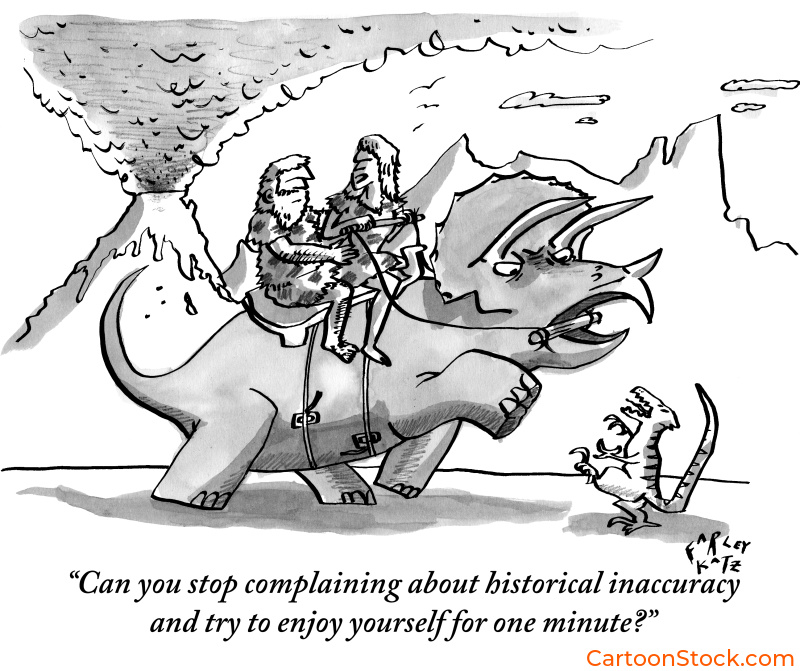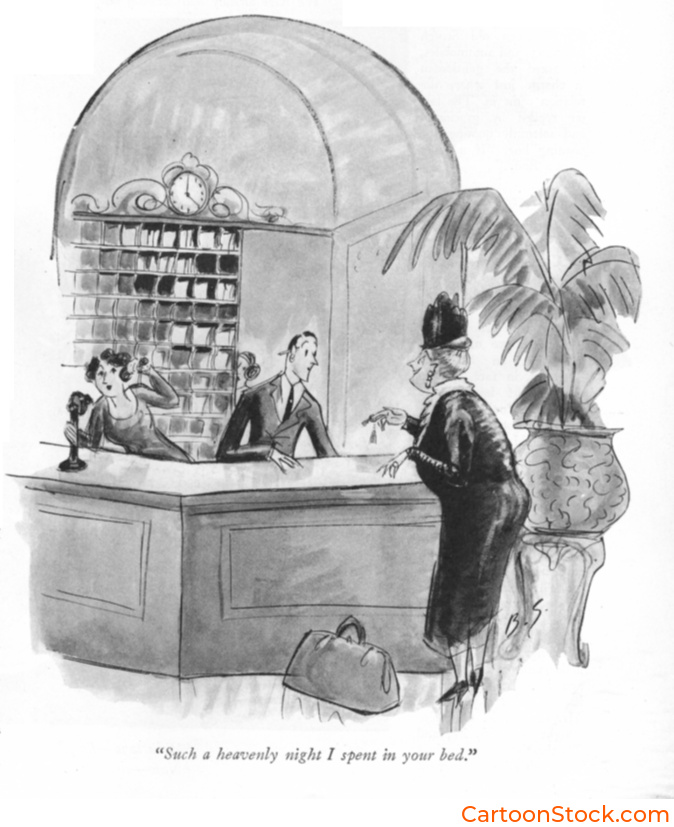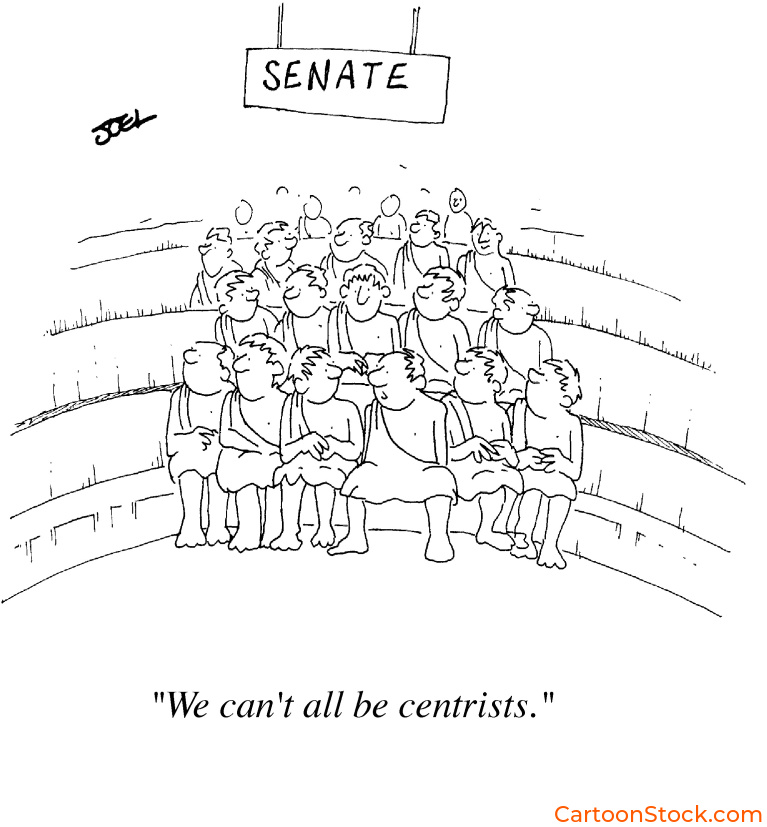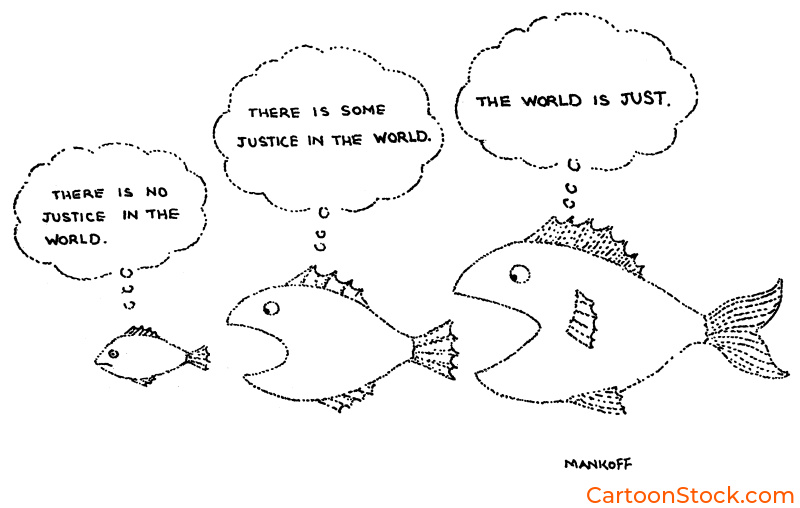The History & Art of Cartoons: A Visual Language Through Time
Tracing the history of cartoons reveals not just an art form but a powerful visual language that has shaped culture, politics, and social discourse for centuries. From satirical etchings to digital webcomics, cartoons have evolved dramatically while maintaining their unique ability to communicate complex ideas with striking simplicity. This comprehensive exploration examines how cartoons developed from political commentary to diverse art forms, becoming both historical artifacts and timeless entertainment.
The Birth of Modern Cartooning: Political Roots and Social Commentary
Long before animation and comic strips, cartoons emerged as tools of political criticism and social observation. In 18th-century Europe, artists like James Gillray and William Hogarth pioneered what we now recognize as editorial cartoons. Their exaggerated caricatures of monarchs and politicians circulated widely, democratizing political discourse through visual satire.
These early political cartoons wielded remarkable influence. When Thomas Nast targeted New York’s corrupt Tweed Ring in the 1870s with his devastating illustrations, Boss Tweed famously complained, “I don’t care what they write about me, but those damned pictures…” This demonstrated the unique power cartoons held over written criticism alone. This tradition continues today, with modern cartoonists addressing everything from climate change to healthcare reform How Editorial Cartoons Have Shaped Social Commentary Beyond Politics.
The accessibility of cartoons made them revolutionary. Even illiterate citizens could understand the message behind an oversized crown or grotesquely drawn politician. This tradition of visual truth-telling established cartoons as both cultural documentation and powerful commentary, a legacy that continues today across digital platforms and print media.
Artistic Evolution: From Detailed Etchings to Modern Minimalism
The history of cartoon art reflects broader artistic movements while developing techniques unique to the medium. Early cartoonists worked with elaborate etchings and lithographs that required considerable technical skill. As printing technology advanced in the 19th century, The Evolution of Cartoon Art: How Styles Have Changed Over Time cartoon styles evolved alongside production methods.
By the early 20th century, newspaper cartoons had established cleaner lines and more economical compositions. Artists like Winsor McCay combined breathtaking draftsmanship with innovative layouts in strips like “Little Nemo in Slumberland,” while others developed simplified styles that could be produced consistently on demanding publication schedules.
The tools available to cartoonists have profoundly shaped their art. The transition from traditional pen and ink to digital creation The Evolution of Cartoon Art: From Hand-Drawn to Digital has transformed both technique and accessibility. Contemporary cartoonists often blend approaches, combining hand-drawn elements with digital finishing to create distinctive visual signatures, raising important questions about authenticity and efficiency The Role of Hand-Drawn vs. Digital Cartoons in Modern Cartooning.
Many traditionalists maintain that the subtle imperfections and tactile quality of hand-drawn work contribute essential character to cartoon art. Simultaneously, digital tools have democratized creation, allowing more diverse voices to enter the field without requiring expensive materials or studio space. This technological evolution continues to reshape how cartoons are created, distributed, and consumed.
Below: Cartoon by Barbara Shermund Published in the New Yorker in the 1920’s
The Singular Impact of Single-Panel Cartoons
While comic strips tell sequential stories and editorial cartoons focus on political commentary, single-panel cartoons represent a distinct tradition within cartoon history. These self-contained works must communicate effectively within a single moment, demanding exceptional economy of line and concept. The unique constraints and capabilities of this format How Single-Panel Cartoons Became a Unique Art Form have fostered remarkable creativity throughout cartoon history.
The New Yorker magazine elevated single-panel cartooning to a sophisticated art form, showcasing artists like Charles Addams, Roz Chast, and George Booth whose distinctive styles became cultural touchstones. These cartoons often rely on the perfect harmony between image and caption—neither element complete without the other.
Single-panel cartoons have adapted exceptionally well to digital sharing. Their compact format works perfectly on social media, where they can be consumed quickly while still delivering thoughtful commentary or surprising humor. This adaptability ensures that despite being one of the oldest cartoon forms, they remain thoroughly contemporary.
Style as Identity: The Visual Fingerprint
Throughout the history of cartoons, distinctive styles have become immediately recognizable—often influencing entire generations of artists. From the fluid elegance of Al Hirschfeld’s celebrity caricatures to the nervous energy of Ralph Steadman’s political illustrations, a cartoonist’s visual approach becomes their signature. Many of these influential styles The Most Recognizable Cartoon Styles (And Where They Come From) have shaped our collective visual vocabulary.
These styles aren’t merely aesthetic choices; they fundamentally affect how content is received. The same joke or commentary lands differently when rendered in different visual languages. Charles Schulz’s simple, rounded characters in “Peanuts” create a sense of childhood innocence that contrasts with the often sophisticated themes they discuss, creating a tension that defined the strip’s appeal.
For many cartoonists, developing a distinctive style happens organically through years of practice rather than conscious design. The limitations they overcome, the shortcuts they discover, and their natural drawing tendencies gradually coalesce into a recognizable approach. This visual evolution How Cartoonists Develop Their Signature Style reflects CartoonStock‘s Director Joel Mishon‘s thoughts on his style as a cartoonist.
Above: A Cartoon By Joel Mishon
Cartoons as Cultural Mirrors and Historical Records
The history of cartoons provides a unique window into changing social attitudes and cultural preoccupations. Political cartoons from World War II reveal propaganda techniques and public sentiment, while examining gag cartoons from the 1950s illuminates the social anxieties of postwar America. Even when created for entertainment, cartoons inevitably absorb and reflect the climate in which they were produced, making them valuable cultural artifacts The Cultural Impact of Cartoons: More Than Just Funny Pictures.
As social norms evolve, so do the subjects and approaches of cartoon art. Topics considered acceptable for humorous treatment change dramatically over time. Comparing cartoons across decades reveals shifting sensibilities about race, gender, class, and power. These changes have accelerated in recent decades Cartoon Trends: What’s Changed in the Last 30 Years? as cartoonists became more diverse and audiences more vocal about representation.
Looking back at cartoons from specific eras can be both enlightening and disorienting. Some humor remains surprisingly fresh, while other once-popular concepts now appear incomprehensible or offensive. These historical snapshots help us understand both what has changed and what remains constant in human experience. Examining cartoons from the mid-1990s The Spotlight: Cartoons From 25 Years Ago or from specific moments like Spotlight: September 1997 provides fascinating insights into recent cultural history.
The Market for Memory: Collecting and Preserving Cartoon Art
While most cartoons were created for mass reproduction in ephemeral contexts like newspapers and magazines, original cartoon art has become increasingly valued by collectors and institutions. Museums and libraries now maintain extensive cartoon collections, recognizing their importance as cultural artifacts and artistic achievements. This growing appreciation has transformed how we value cartoon art Cartoon Collecting: The Rise of Cartoons as Valuable Art.
The market for original cartoon art has grown steadily since the 1970s, with particularly significant works commanding impressive sums at auction. Factors affecting value include the artist’s reputation, the cartoon’s historical significance, technical quality, and cultural impact. Early original art from iconic strips or particularly famous single panels can reach extraordinary prices, as evidenced by record-setting sales Spotlight: The Highest Price Ever Paid for a Single Panel Cartoon.
Conservation presents unique challenges, as many cartoons were created on acidic paper with unstable materials, never intended for long-term preservation. Digital archiving has become crucial for preserving this visual history, though questions remain about how best to maintain digitally-native cartoon work for future generations.
The Global Language: Cartoons Across Cultures
While this exploration has focused substantially on Western cartoon traditions, the history of cartoons is truly global. Different visual storytelling traditions have developed across cultures, from Japanese manga to Franco-Belgian bandes dessinées to Latin American historietas. These traditions both influence and are influenced by American and British cartooning, creating rich cross-cultural exchanges.
Cultural context deeply affects how cartoons function and are received. Political cartooning in countries with limited press freedom often develops sophisticated visual metaphors to evade censorship. Meanwhile, humor itself varies significantly across cultures, with cartoon jokes that land perfectly in one context falling flat in another.
The digital age has accelerated cross-cultural cartoon exchange, with artists worldwide gaining exposure to diverse traditions. This globalization has enriched the medium, introducing new approaches, styles, and perspectives that continue expanding the boundaries of what cartoon art can accomplish.
The Future of an Evolving Art Form
Throughout the history of cartoons, adaptability has ensured survival. From newspaper pages to mobile screens, cartoonists have embraced new formats and technologies while maintaining their essential mission: communicating ideas through accessible visual language.
Today’s cartoon landscape includes webcomics freed from print constraints, animated GIFs that blend static and moving imagery, and interactive digital experiences that push the boundaries of the form. Social media platforms have created new opportunities for cartoon work to reach audiences directly, without traditional gatekeepers.
Artificial intelligence presents both challenges and opportunities for the future of cartooning. While AI-generated imagery raises questions about authorship and originality, many cartoonists are exploring these tools as part of their creative process rather than as replacements for human creativity.
Conclusion: The Enduring Power of Cartoon Art
The rich history of cartoons demonstrates their remarkable resilience and cultural significance. From political commentary to pure entertainment, cartoons have maintained their ability to communicate instantly and memorably across centuries of technological and social change.
What makes cartoons endure is their essential humanity. Behind every line is a human hand and mind, interpreting the world through a unique visual language that can be simultaneously personal and universal. As long as people need to process complex ideas, critique power, or simply share a laugh, cartoons will continue to evolve while remaining true to their rich historical foundations.
Below: Cartoon published in the New Yorker by Bob Mankoff
Frequently Asked Questions About Cartoon History
What is a cartoon, and how has it evolved?
A cartoon is a simplified or exaggerated visual meant to communicate ideas quickly and clearly. From 18th-century political satire to modern digital panels, the medium has constantly adapted in style and format—while always prioritizing clarity and impact.
How has technology changed cartooning?
Technology has transformed cartoon creation and sharing—from print innovations to digital tools. Today’s artists can publish instantly, reach global audiences, and animate static work, all while keeping traditional hand-drawing alive.
What makes a cartoon style recognizable?
Line work, character design, and layout choices form an artist’s visual signature. Recognizable styles help jokes land, build audience trust, and shape how cartoons are interpreted and remembered.
What makes cartoon art valuable?
Historical importance, cultural impact, rarity, and artistic quality drive value. Iconic panels and original art are especially prized, offering insight into the emotions and issues of their time.
How do cartoon traditions vary globally?
From manga to bandes dessinées, cartoon styles differ in design, pacing, and humor. Cultural context affects how cartoons are used, especially under censorship. Today, digital sharing fuels global exchange and stylistic fusion.
Keep Reading
Want to see how cartoon styles have evolved across decades?
Read: The Evolution of Cartoon Art: How Styles Have Changed Over Time
Related Posts
-
The Most Recognizable Cartoon Styles (And Where They Come From)
-
The Cultural Impact of Cartoons: More Than Just Funny Pictures






 If you enjoyed this post, sign up and receive a hand-picked selection of great cartoons straight to your inbox every week!
If you enjoyed this post, sign up and receive a hand-picked selection of great cartoons straight to your inbox every week!